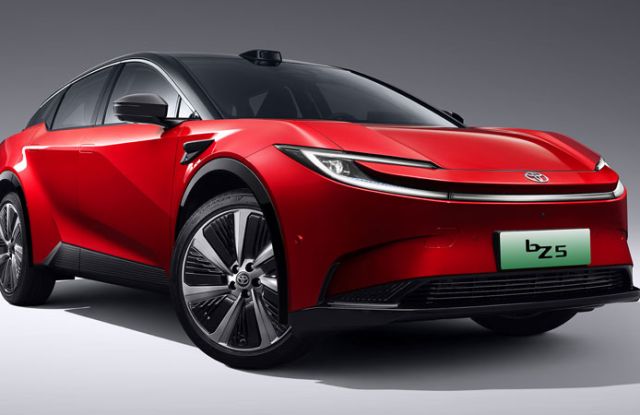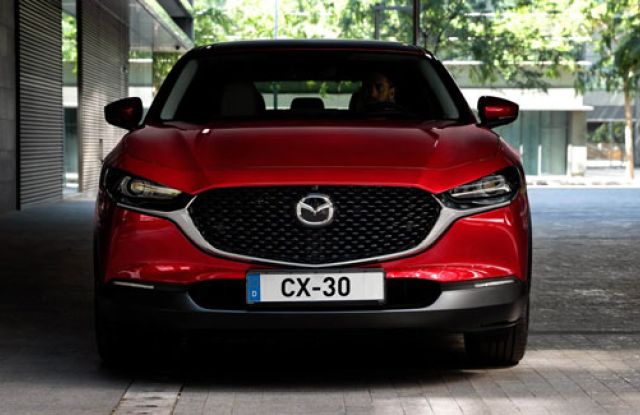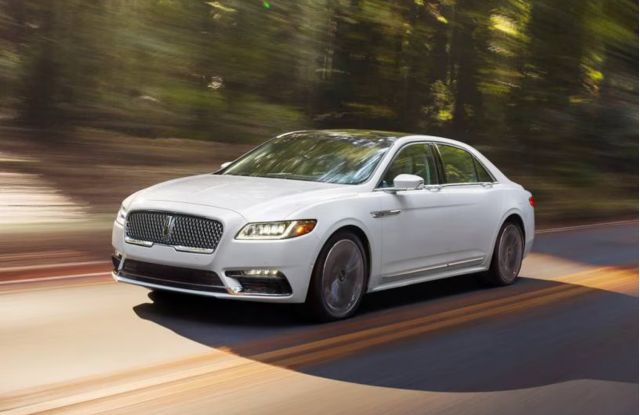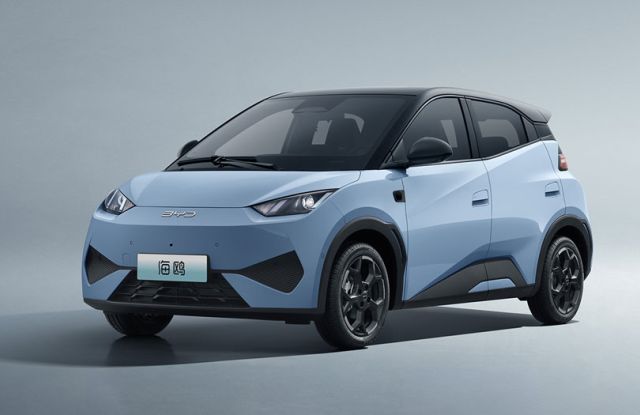- 1. Model Positioning & Design Philosophy
- 2. Space and Practicality Comparison
- 3. Performance and Fuel Economy
- 4. Handling and Passability
- 5. Price Considerations and Resale Value
- 6. Adaptability to Cambodian Road Conditions and Usage Scenarios
- 7. Purchase Advice: Which One is Better for You?
- 8. Conclusion
For Cambodian consumers considering a compact SUV, both the Mazda CX5 and the Mazda CX50 are undoubtedly on the shortlist. Although both belong to the Mazda family, they present distinctly different personalities and advantages. So, which one better suits your needs in the 2025 Cambodian market? This article will provide a detailed analysis for you.
1. Model Positioning & Design Philosophy
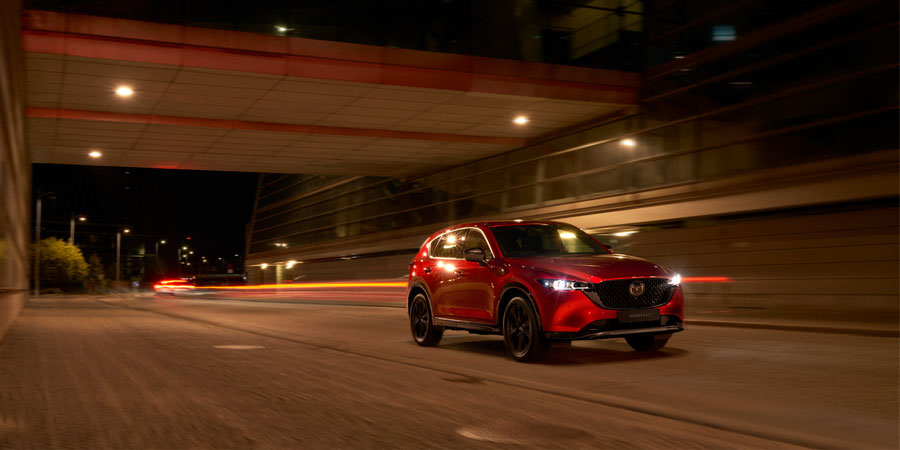
The Mazda CX5 perfectly inherits Mazda’s classic “KODO: Soul of Motion” design philosophy. Its smooth and flowing body lines showcase a refined and elegant temperament, making it very suitable for navigating urban environments.
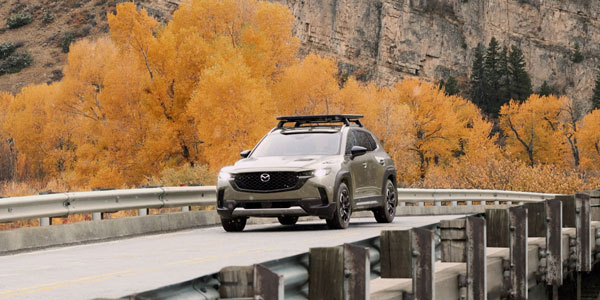
In contrast, the Mazda CX50 adopts a tougher design language. Prominent black wheel arches, metal skid plates, and off-road-style wheels create a muscular visual effect. The CX50’s design philosophy revolves around a “wide, outdoor lifestyle SUV” positioning, clearly focusing more on outdoor adventure scenarios.
2. Space and Practicality Comparison
In terms of spatial performance, the two cars have different emphases, meeting different usage needs.
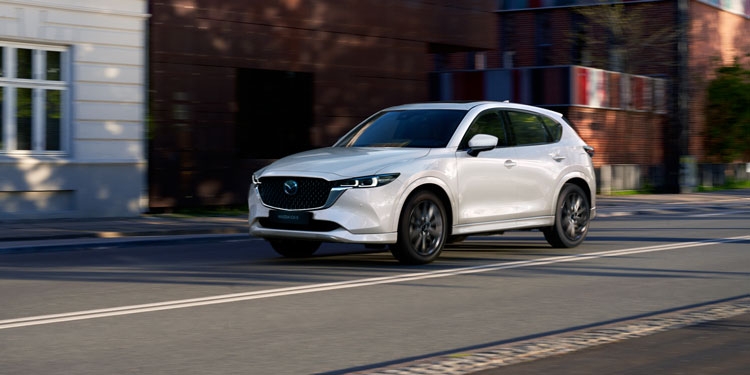
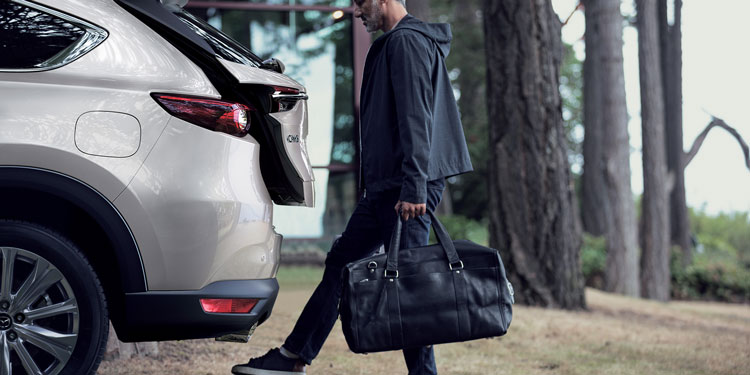
Mazda CX5:
- Dimensions: 4575mm (L) × 1845mm (W) × 1680mm (H)
- Wheelbase: 2700mm
- Trunk Volume: 633L
- Seat design is more ergonomic, better alleviating leg fatigue on long drives
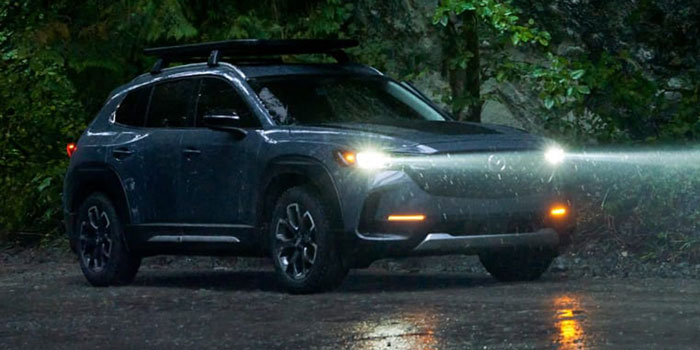
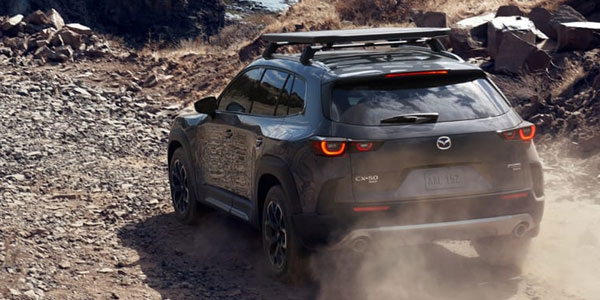
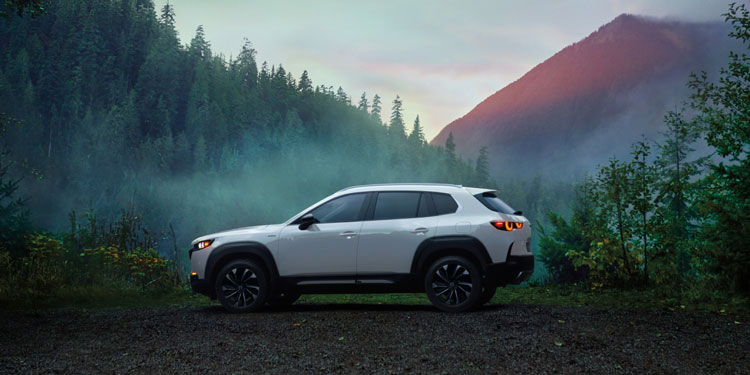
Mazda CX50:
- Dimensions: 4785mm (L) × 1920mm (W) × 1638mm (H)
- Wheelbase: 2815mm, which is 115mm longer than the CX5
- Rear legroom is about 5cm more than the CX5, and the floor tunnel protrusion is lower
- Trunk volume expands to 560L, and folding the rear seats can easily accommodate large items like bicycles and camping gear
If you frequently need to carry passengers or a lot of cargo, the spatial advantages of the Mazda CX50 are obvious. For consumers who primarily use their vehicle in the city, the space in the CX5 is sufficient for daily needs.
3. Performance and Fuel Economy
In terms of powertrain systems, the two cars offer different choices.
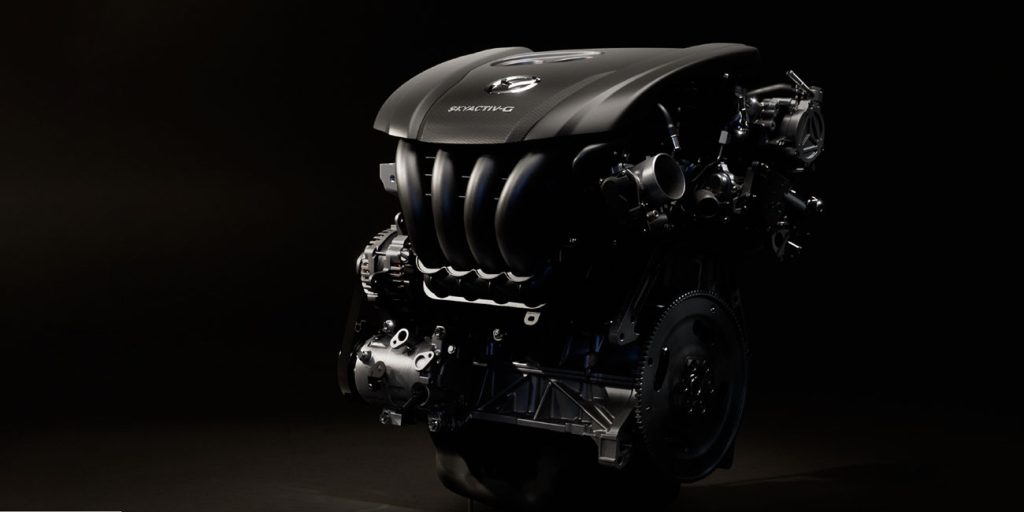
The Mazda CX5 offers two naturally aspirated engines: a 2.0L and a 2.5L. The 2.5L version has a maximum power of 192 horsepower and a peak torque of 252 N·m, paired with a 6AT transmission. This powertrain has been long proven in the market, with linear power response, embodying the “Jinba Ittai” (horse and rider as one) driving philosophy.
The Mazda CX50 is equipped across the range with a 2.5L engine producing 190 horsepower. Its highlight is the introduction of cylinder deactivation technology—switching automatically to two-cylinder operation during steady-speed cruising, reducing combined fuel consumption by 10%-15%.
The hybrid version is a major highlight of the CX50, with a total output of 219 horsepower and a combined fuel consumption as low as approximately 6.2L/100km. For Cambodian consumers who value fuel economy, the hybrid version of the Mazda CX50 is undoubtedly more attractive.
4. Handling and Passability
In terms of handling performance, the two cars show distinct style differences.
The Mazda CX5 uses a front MacPherson strut and rear multi-link independent suspension, tuned for precise handling. The steering wheel has minimal dead play, body roll is well-controlled during high-speed cornering, and it maintains a smooth driving feel even with frequent stops and starts in congested city traffic. Its chassis provides refined vibration absorption, transmitting shocks softly over speed bumps, making it very suitable for paved roads.
The suspension system of the Mazda CX50 is reinforced for better passability, offering superior stability on unpaved roads. Its standard i-ACTIV AWD® system, combined with Towing Mode, maintains body stability when towing a camper. However, real-world tests show the CX50’s steering is heavier, making lane changes and U-turns less agile than the CX5, and wind noise at high-speed cruising is slightly more pronounced.
5. Price Considerations and Resale Value
In the Cambodian market, price is an important factor for consumers.
Currently, the Mazda CX50 offers considerable promotional discounts in some markets, which can make the CX50’s entry price more attractive.
Meanwhile, for budget-conscious consumers, a used Mazda CX5 is a very worthwhile consideration. By 2025, used CX5s are available on the used car market, and a well-maintained used Mazda CX5 represents a cost-effective choice.
Considering Cambodia’s car import policies, especially regarding the import of a used Mazda CX5, it’s necessary to understand the relevant tax situation. Therefore, when calculating the total cost, be sure to consider the complete on-the-road price.
6. Adaptability to Cambodian Road Conditions and Usage Scenarios
Considering Cambodia’s specific road conditions and climate, the adaptability of the two cars varies slightly:
- City Roads: The CX5’s agility and comfort perform better on city roads in places like Phnom Penh and Siem Reap.
- Rural & Complex Roads: The CX50’s higher ground clearance and robust design are more suitable for unpaved roads in some parts of Cambodia.
- Fuel Adaptability: The CX50’s hybrid version holds an advantage during fuel price fluctuations.
- Maintenance Convenience: The CX5, being an established model, might have more convenient maintenance and repair services in Cambodia.
7. Purchase Advice: Which One is Better for You?
Based on different usage needs, we offer the following suggestions:
Choose the Mazda CX5, if:
- Your primary usage scenario is in the city, and you value parking convenience more.
- You seek powerful acceleration.
- You appreciate the refined feel and elegant interior atmosphere of a traditional urban SUV.
- Your budget is limited, and you are considering a cost-effective used Mazda CX5.
Choose the Mazda CX50, if:
- You have high requirements for rear passenger space and want your family to be more comfortable.
- You frequently go on road trips or light off-roading and need better vehicle passability.
- You favor the fuel economy offered by the hybrid powertrain.
- You like the tough, outdoor-inspired exterior design.
8. Conclusion
The difference between the Mazda CX5 and CX50 is essentially a divide between urban refinement and outdoor versatility. The CX5 continues the driving pleasure of “Jinba Ittai” with its mature and stable performance, while the CX50 opens up a new track for mountain lifestyle with its size upgrade and technological innovation.
In the Cambodian market, whether you choose the technologically updated Mazda CX50, the mature and reliable Mazda CX5, or even the cost-effective used Mazda CX5, the key is to match your own lifestyle scenarios and practical needs.
-
Toyota BZ5 Review – Pros, Cons & Why It Matters
-
Mazda CX 30 Review – Is It the Best Crossover for You?
-
Everything You Need to Know About the 2020 Lincoln Continental
-
Inside the 2025 BYD Seagull: Range, Design, and Tech Explained
-
2025 Range Rover Review: The Ultimate Luxury SUV Experience
